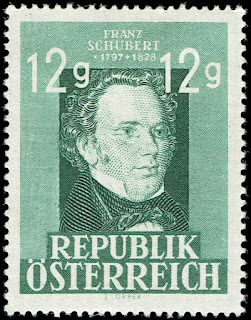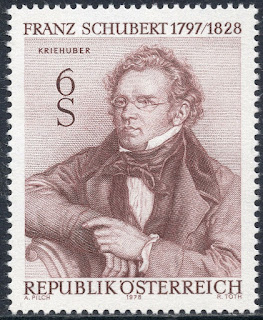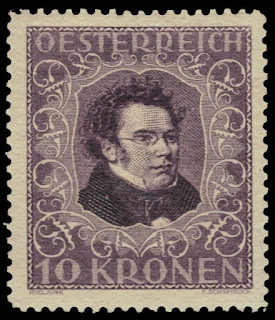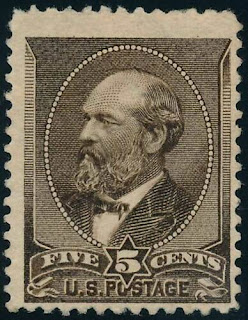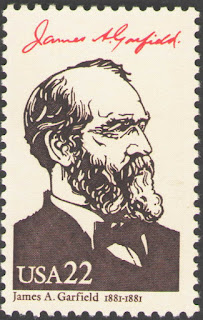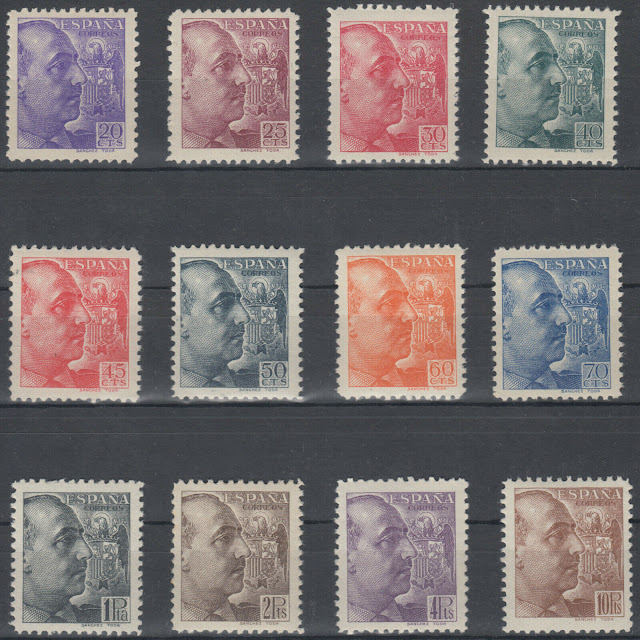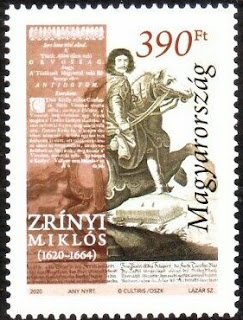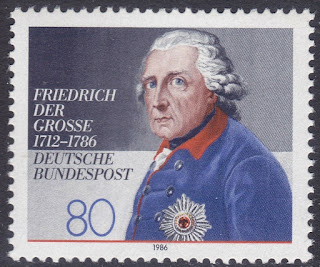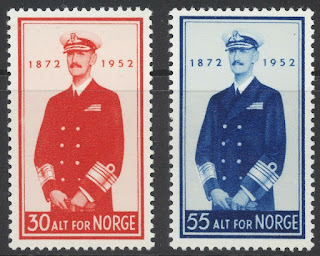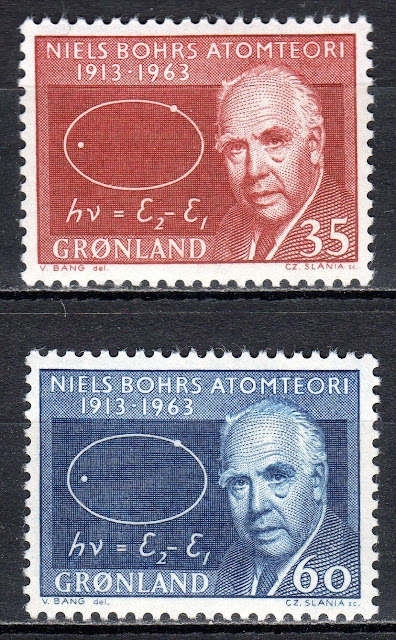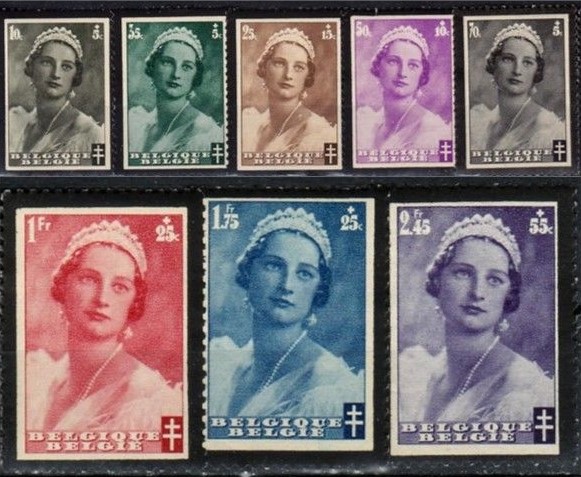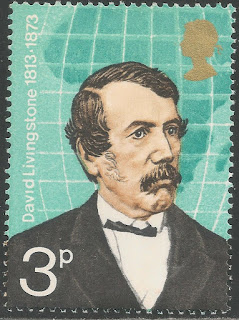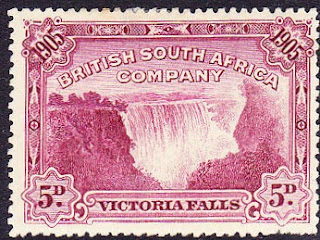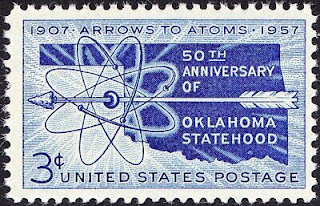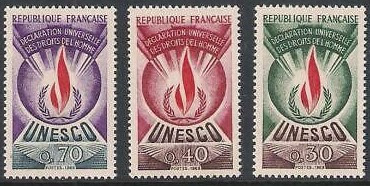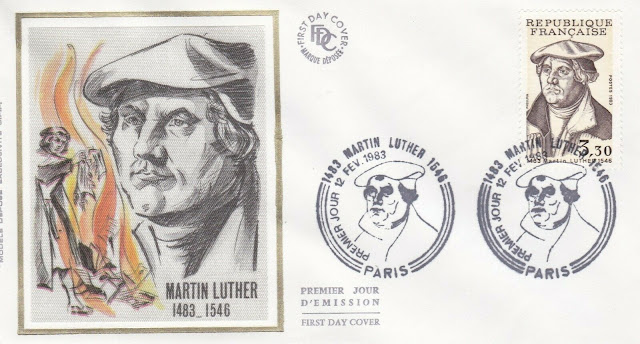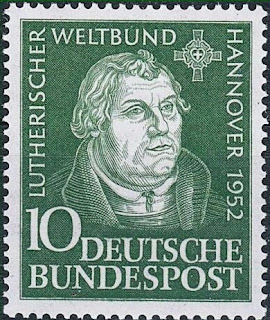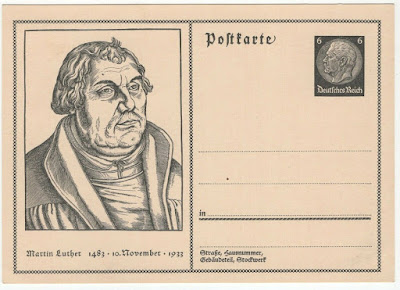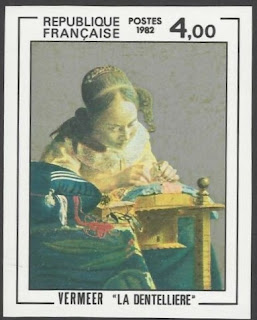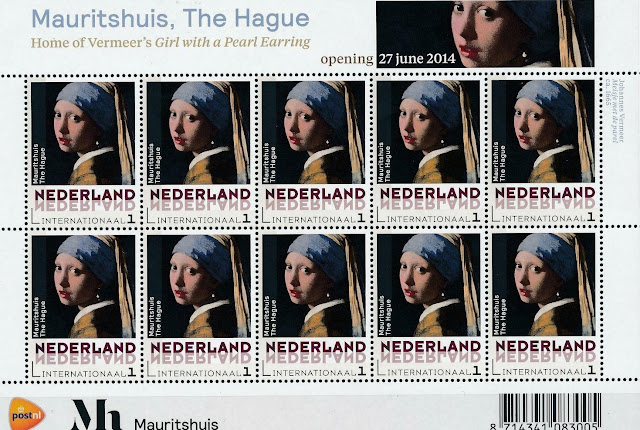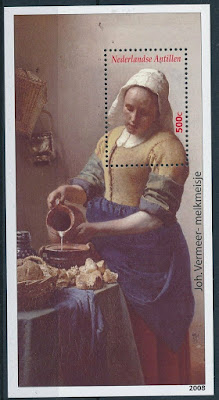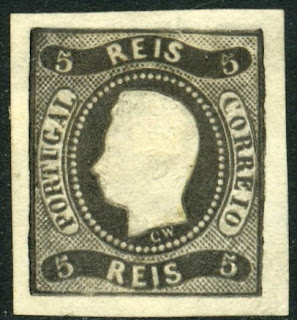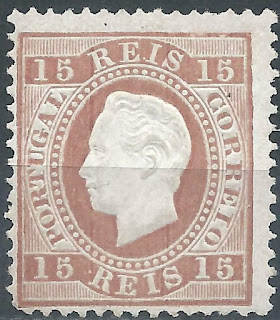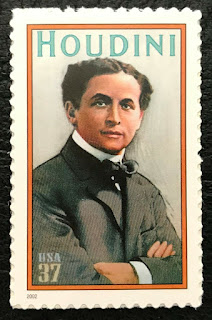Here are some events that happened on November 18th. It could be an event or a person that died or was born on that day
1664 Died: Miklós Zrínyi, Croatian and Hungarian military leader and statesman (b. 1620)
Miklós VII Zrínyi or Nikola VII Zrinski (Hungarian: Zrínyi Miklós, Croatian: Nikola Zrinski; 5 January 1620 – 18 November 1664) was a Croatian and Hungarian military leader, statesman and poet. He was a member of the House of Zrinski (or Zrínyi), a Croatian-Hungarian noble family. He is the author of the first epic poem, The Peril of Sziget, in Hungarian literature.
Miklós was born in Csáktornya, Kingdom of Hungary (now Čakovec, Croatia) to the Croatian Juraj V Zrinski and the Hungarian Magdolna (Magdalena) Széchy. At the court of Péter Pázmány, he was an enthusiastic student of Hungarian language and literature, although he prioritized military training. From 1635 to 1637, he accompanied Szenkviczy, one of the canons of Esztergom, on a long educative tour through the Italian Peninsula.
Over the next few years, he learned the art of war in defending the Croatian frontier against the Ottoman Empire, and proved himself one of the most important commanders of the age. In 1645, during the closing stages of the Thirty Years' War, he acted against the Swedish troops in Moravia, equipping an army corps at his own expense. At Szkalec he scattered a Swedish division and took 2,000 prisoners. At Eger he saved the Holy Roman Emperor, Ferdinand III, who had been surprised at night in his camp by the offensive of Carl Gustaf Wrangel. Although not enthusiastic for having to fight against Hungarians of Transylvania, subsequently he routed the army of George I Rákóczi, prince of Transylvania, on the Upper Tisza. For his services, the emperor appointed him captain of Croatia. On his return from the war he married the wealthy Eusebia Drašković.
In 1646 he distinguished himself in the actions against Ottomans. At the coronation of Ferdinand IV of Austria, King of the Germans, King of Hungary, Croatia and Bohemia, he carried the sword of state, and was made ban and captain-general of Croatia. In this double capacity he presided over many Croatian diets.
During 1652–1653, Zrínyi was continually fighting against the Ottomans – nevertheless, from his castle at Csáktornya (Čakovec) he was in constant communication with the intellectual figures of his time; the Dutch scholar, Jacobus Tollius, even visited him, and has left in his Epistolae itinerariae a lively account of his experiences. Tollius was amazed at the linguistic resources of Zrínyi, who spoke Croatian, Hungarian, Italian, German, Ottoman Turkish and Latin with equal ease. Zrínyi's Latin letters (from which it was gathered that he was married a second time, to Sophia Löbl) are, according to the Encyclopædia Britannica Eleventh Edition of 1911, "fluent and agreeable, but largely interspersed with Croatian and Magyar expressions". In a Latin letter from 1658 to friend Ivan Ručić expressed his consciousness of being an ethnic Croat and Zrinski ("Ego mihi conscius aliter sum, etenim non degenerem me Croatam et quidem Zrinium esse scio").
In 1655, he made an attempt to be elected Palatine of Hungary (nádor); in spite of support by the petty nobility, his efforts failed. The king, reacting to Zrínyi's good connections to Protestants and the Hungarians of Transylvania, nominated Ferenc Wesselényi instead.
Hungarian stamps depicting Miklós Zrínyi
1730 – The future Frederick II (known as Frederick the Great), King of Prussia, is granted a royal pardon and released from confinement.
Frederick II (German: Friedrich II.; 24 January 1712 – 17 August 1786) ruled the Kingdom of Prussia from 1740 until 1786, the longest reign of any Hohenzollern king at 46 years. His most significant accomplishments during his reign included his military victories, his reorganization of Prussian armies, his patronage of the arts and the Enlightenment and his success in the Seven Years' War. Frederick was the last Hohenzollern monarch titled King in Prussia and declared himself King of Prussia after achieving sovereignty over most historically Prussian lands in 1772. Prussia had greatly increased its territories and became a leading military power in Europe under his rule. He became known as Frederick the Great (German: Friedrich der Große) and was nicknamed Der Alte Fritz ("Old Fritz") by the Prussian people and eventually the rest of Germany.
In his youth, Frederick was more interested in music and philosophy than the art of war. Nonetheless, upon ascending to the Prussian throne he attacked Austria and claimed Silesia during the Silesian Wars, winning military acclaim for himself and Prussia. Toward the end of his reign, Frederick physically connected most of his realm by acquiring Polish territories in the First Partition of Poland. He was an influential military theorist whose analysis emerged from his extensive personal battlefield experience and covered issues of strategy, tactics, mobility and logistics.
Frederick was a proponent of enlightened absolutism. He modernized the Prussian bureaucracy and civil service and pursued religious policies throughout his realm that ranged from tolerance to segregation. He reformed the judicial system and made it possible for men not of noble status to become judges and senior bureaucrats. Frederick also encouraged immigrants of various nationalities and faiths to come to Prussia, although he enacted oppressive measures against Polish Catholic subjects in West Prussia. Frederick supported arts and philosophers he favored as well as allowing complete freedom of the press and literature. Most modern biographers agree that Frederick was primarily homosexual. Frederick is buried at his favorite residence, Sanssouci in Potsdam. Because he died childless, Frederick was succeeded by his nephew Frederick William II.
Nearly all 19th-century German historians made Frederick into a romantic model of a glorified warrior, praising his leadership, administrative efficiency, devotion to duty and success in building up Prussia to a great power in Europe. Historian Leopold von Ranke was unstinting in his praise of Frederick's "heroic life, inspired by great ideas, filled with feats of arms ... immortalized by the raising of the Prussian state to the rank of a power". Johann Gustav Droysen was even more extolling. Frederick remained an admired historical figure through Germany's defeat in World War I. The Nazis glorified him as a great German leader pre-figuring Adolf Hitler, who personally idolized him.
Associations with him became far less favorable after the fall of the Nazis, largely due to his status as one of their symbols.
However, historians in the 21st century now again view Frederick as one of the finest generals of the 18th century, one of the most enlightened monarchs of his age and a highly successful and capable leader who built the foundation for the Kingdom of Prussia to become a great power that would contest the Austrian Habsburgs for leadership among the German states.
German stamps depicting Frederick the Great
1872 – Susan B. Anthony and 14 other women are arrested for voting illegally in the United States presidential election of 1872.
Susan B. Anthony (February 15, 1820 – March 13, 1906) was an American social reformer and women's rights activist who played a pivotal role in the women's suffrage movement. Born into a Quaker family committed to social equality, she collected anti-slavery petitions at the age of 17. In 1856, she became the New York state agent for the American Anti-Slavery Society.
In 1851, she met Elizabeth Cady Stanton, who became her lifelong friend and co-worker in social reform activities, primarily in the field of women's rights. In 1852, they founded the New York Women's State Temperance Society after Anthony was prevented from speaking at a temperance conference because she was female. In 1863, they founded the Women's Loyal National League, which conducted the largest petition drive in United States history up to that time, collecting nearly 400,000 signatures in support of the abolition of slavery. In 1866, they initiated the American Equal Rights Association, which campaigned for equal rights for both women and African Americans. In 1868, they began publishing a women's rights newspaper called The Revolution. In 1869, they founded the National Woman Suffrage Association as part of a split in the women's movement. In 1890, the split was formally healed when their organization merged with the rival American Woman Suffrage Association to form the National American Woman Suffrage Association, with Anthony as its key force. In 1876, Anthony and Stanton began working with Matilda Joslyn Gage on what eventually grew into the six-volume History of Woman Suffrage. The interests of Anthony and Stanton diverged somewhat in later years, but the two remained close friends.
In 1872, Anthony was arrested for voting in her hometown of Rochester, New York, and convicted in a widely publicized trial. Although she refused to pay the fine, the authorities declined to take further action. In 1878, Anthony and Stanton arranged for Congress to be presented with an amendment giving women the right to vote. Introduced by Sen. Aaron A. Sargent (R-CA), it later became known colloquially as the Susan B. Anthony Amendment. It was eventually ratified as the Nineteenth Amendment to the U.S. Constitution in 1920.
Anthony traveled extensively in support of women's suffrage, giving as many as 75 to 100 speeches per year and working on many state campaigns. She worked internationally for women's rights, playing a key role in creating the International Council of Women, which is still active. She also helped to bring about the World's Congress of Representative Women at the World's Columbian Exposition in Chicago in 1893.
When she first began campaigning for women's rights, Anthony was harshly ridiculed and accused of trying to destroy the institution of marriage. Public perception of her changed radically during her lifetime, however. Her 80th birthday was celebrated in the White House at the invitation of President William McKinley. She became the first female citizen to be depicted on U.S. coinage when her portrait appeared on the 1979 dollar coin.

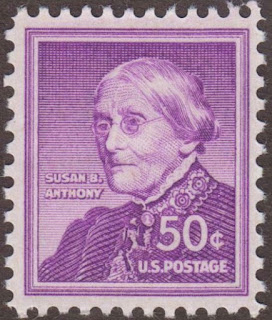
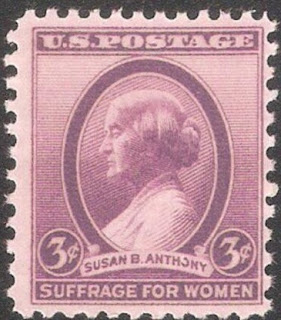
1905 – Prince Carl of Denmark becomes King Haakon VII of Norway.
Haakon VII (born Prince Carl of Denmark; 3 August 1872 – 21 September 1957) was the King of Norway from 1905 until his death in 1957.
Originally a Danish prince, he was born in Copenhagen as the son of the future Frederick VIII of Denmark and Louise of Sweden. Prince Carl was educated at the Royal Danish Naval Academy and served in the Royal Danish Navy. After the 1905 dissolution of the union between Sweden and Norway, Prince Carl was offered the Norwegian crown. Following a November plebiscite, he accepted the offer and was formally elected King of Norway by the Storting. He took the Old Norse name Haakon and ascended to the throne as Haakon VII, becoming the first independent Norwegian monarch since 1387.
Norway was invaded by Nazi Germany in April 1940. Haakon rejected German demands to legitimise the Quisling regime's puppet government and refused to abdicate after going into exile in Great Britain. As such, he played a pivotal role in uniting the Norwegian nation in its resistance to the invasion and the subsequent five-year-long occupation during the Second World War. He returned to Norway in June 1945 after the defeat of Germany.
He became King of Norway when his grandfather, Christian IX was still reigning in Denmark; and before his father and older brother became kings of Denmark. During his reign he saw his father, his elder brother Christian X, and his nephew Frederick IX ascend the throne of Denmark, in 1906, 1912, and 1947 respectively. Haakon died at the age of 85 in September 1957, after having reigned for nearly 52 years. He was succeeded by his only son, who ascended to the throne as Olav V.
Stamps from Norway depicting King Haakon VII
1918 – Latvia declares its independence from Russia.
Latvia, officially known as the Republic of Latvia (Latvian: Latvijas Republika, Livonian: Lețmō Vabāmō), is a country in the Baltic region of Northern Europe. Since Latvia's independence in 1918, it has been referred to as one of the Baltic states. It is bordered by Estonia to the north, Lithuania to the south, Russia to the east, Belarus to the southeast, and shares a maritime border with Sweden to the west. Latvia has 1,957,200 inhabitants and a territory of 64,589 km2 (24,938 sq mi). Its capital and largest city is Riga; other notable major cities in Latvia are Daugavpils, Liepāja, Jelgava and Jūrmala. The country has a temperate seasonal climate. The Baltic Sea moderates the climate, although the country has four distinct seasons and snowy winters.
After centuries of Swedish, Polish and Russian rule, a rule mainly executed by the Baltic German aristocracy, the Republic of Latvia was established on 18 November 1918 when it broke away from the Russian Empire and declared independence in the aftermath of World War I. However, by the 1930s the country became increasingly autocratic after the coup in 1934 establishing an authoritarian regime under Kārlis Ulmanis. The country's de facto independence was interrupted at the outset of World War II, beginning with Latvia's forcible incorporation into the Soviet Union, followed by the invasion and occupation by Nazi Germany in 1941, and the re-occupation by the Soviets in 1944 (Courland Pocket in 1945) to form the Latvian SSR for the next 45 years.
The peaceful Singing Revolution, starting in 1987, called for Baltic emancipation from Soviet rule and condemning the Communist regime's illegal takeover. It ended with the Declaration on the Restoration of Independence of the Republic of Latvia on 4 May 1990 and restoring de facto independence on 21 August 1991. Latvia is a democratic sovereign state, parliamentary republic. Capital city Riga served as the European Capital of Culture in 2014. Latvian is the official language. Latvia is a unitary state, divided into 119 administrative divisions, of which 110 are municipalities and nine are cities. Latvians and Livonians are the indigenous people of Latvia. Latvian and Lithuanian are the only two surviving Baltic languages.
Despite foreign rule from the 13th to 20th centuries, the Latvian nation maintained its identity throughout the generations via the language and musical traditions. However, as a consequence of centuries of Russian rule (1710–1918) and later Soviet occupation, 26.9% of the population of Latvia are ethnic Russians, some of whom (10.7% of Latvian residents) have not gained citizenship, leaving them with no citizenship at all. Until World War II, Latvia also had significant minorities of ethnic Germans and Jews. Latvia is historically predominantly Lutheran Protestant, except for the Latgale region in the southeast, which has historically been predominantly Roman Catholic. The Russian population is largely Eastern Orthodox Christians.
Latvia is a developed country with an advanced, high-income economy and ranks 39th in the Human Development Index. It performs favorably in measurements of civil liberties, press freedom, internet freedom, democratic governance, living standards, and peacefulness. Latvia is a member of the European Union, Eurozone, NATO, the Council of Europe, the United Nations, CBSS, the IMF, NB8, NIB, OECD, OSCE, and WTO. A full member of the Eurozone, it began using the euro as its currency on 1 January 2014, replacing the Latvian lats.
First Latvian stamp issued
1962 Died: Niels Bohr, Danish physicist and philosopher, Nobel Prize laureate (b. 1885)Niels Henrik David Bohr (7 October 1885 – 18 November 1962) was a Danish physicist who made foundational contributions to understanding atomic structure and quantum theory, for which he received the Nobel Prize in Physics in 1922. Bohr was also a philosopher and a promoter of scientific research.
Bohr developed the Bohr model of the atom, in which he proposed that energy levels of electrons are discrete and that the electrons revolve in stable orbits around the atomic nucleus but can jump from one energy level (or orbit) to another. Although the Bohr model has been supplanted by other models, its underlying principles remain valid. He conceived the principle of complementarity: that items could be separately analysed in terms of contradictory properties, like behaving as a wave or a stream of particles. The notion of complementarity dominated Bohr's thinking in both science and philosophy.
Bohr founded the Institute of Theoretical Physics at the University of Copenhagen, now known as the Niels Bohr Institute, which opened in 1920. Bohr mentored and collaborated with physicists including Hans Kramers, Oskar Klein, George de Hevesy, and Werner Heisenberg. He predicted the existence of a new zirconium-like element, which was named hafnium, after the Latin name for Copenhagen, where it was discovered. Later, the element bohrium was named after him.
During the 1930s, Bohr helped refugees from Nazism. After Denmark was occupied by the Germans, he had a famous meeting with Heisenberg, who had become the head of the German nuclear weapon project. In September 1943, word reached Bohr that he was about to be arrested by the Germans, and he fled to Sweden. From there, he was flown to Britain, where he joined the British Tube Alloys nuclear weapons project, and was part of the British mission to the Manhattan Project. After the war, Bohr called for international cooperation on nuclear energy. He was involved with the establishment of CERN and the Research Establishment Risø of the Danish Atomic Energy Commission and became the first chairman of the Nordic Institute for Theoretical Physics in 1957.
Stamps from Denmark and Greenland depicting Niels Bohr


